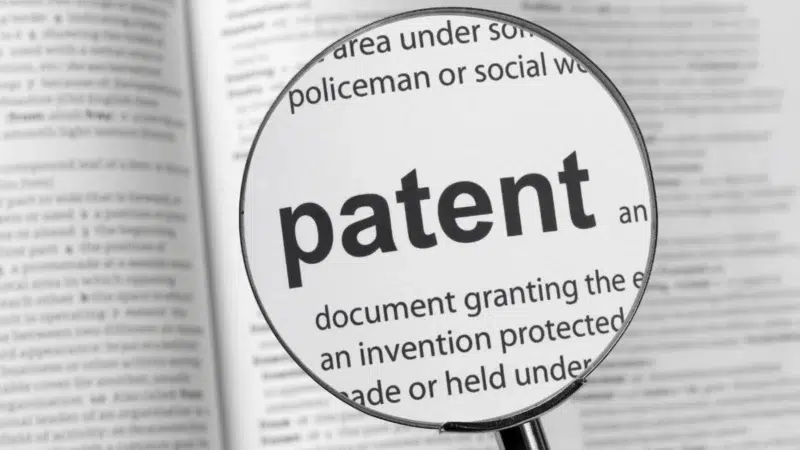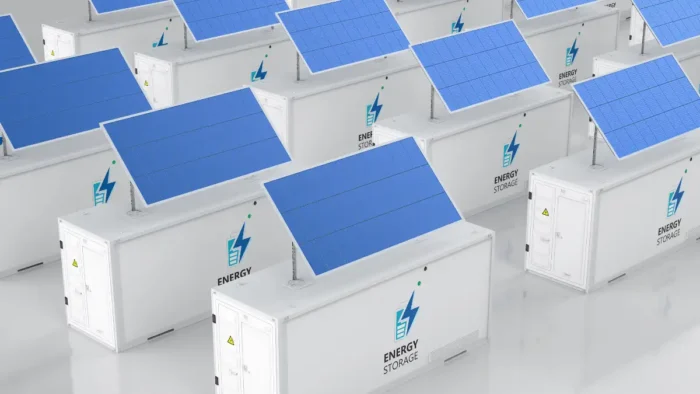When someone invents something, they should consider patenting it to protect against improper use and exploitation. However, obtaining a patent is often a complex procedure with several requirements. One of the reasons people find it challenging to get a patent is that they do not fully understand the process, including the purpose of a patent.
Continue reading to learn more about the main purpose of a patent.
What is a Patent?
A patent is a form of intellectual property protection. It grants the patent holder exclusive rights to the product or invention. This means the owner can exclude others from manufacturing, selling, producing, or using their invention or product for a specific period. In the U.S., when someone patents an invention, they can get exclusive rights for it for 20 years. According to Greenberg & Lieberman, LLC, after the term expires, the invention is passed into the public domain, meaning the owner can no longer prevent others from using, selling, or manufacturing their invention.
For an invention to be patentable, it must be novel, practical, and non-obvious. It should also not have been patented, on sale, or known to the public, at least within one year of your patent application. You should know that certain things cannot be patented, including the laws of nature, mathematical formulas or methods, abstract ideas, and naturally occurring materials.
There are generally three types of patents: utility, design, and plant. Utility patents are granted for a broad range of inventions, including machines and processes. Design patents cover the visual qualities of manufactured items. Finally, plant patents are granted to inventors that invent or asexually produce a plant not found in nature.
Prevention of Commercial Exploitation of Invention
The main purpose of a patent is to protect an invention or product from commercial exploitation. The inventor has the right not to allow others to commercially benefit from the patented item without seeking permission from the patent owner.
The patentee also has the right to license others to use their invention and charge a premium. The fee obtained in return for licensing a patent is known as a royalty. This fee is valid until the patent term expires, typically 20 years from the date the earliest patent application was filed.
Licensing a patent to another entity is a way to turn the patent into a tangible asset and boost income. For example, you would not need to invest money to commercialize your product if you license it to another company. It also allows you to promote your innovation faster by leveraging the licensee’s efforts to market the invention.
A patented invention can help a company gain a competitive advantage, helping boost its revenue and market share. An intangible asset patented can be a valuable source of revenue for the company, allowing them to set a distinct price for their product as competitors would be barred from creating and selling that product.

The patent system encourages innovation and allows inventors to recoup the money they invested by profiting from their work. If a competitor infringes on your patent product, you have the exclusive right to pursue litigation and sue the violator. This way, you can obtain a monetary award for the damages you sustain as a result of the infringement. The court will also impose an injunctive remedy on the violating party to prevent them from infringing your patent.
Role of a Patent Attorney
An experienced patent lawyer has a deep understanding and knowledge of patent law. They use their experience and skills to offer expert advice to clients on any matters related to a patent. For example, they can offer expert legal advice on how to file a patent application to ensure maximum effectiveness in protecting the intellectual property.
Patent lawyers can also draft patent applications on behalf of their clients. They can also provide their clients with legal representation for lawsuits related to patent infringement.
There are various types of patent infringement cases, including contributory, induced, direct, or indirect. An experienced lawyer has experience with different types of patent infringement cases and can guide you in enforcing your patent. They can also help gather definitive proof that the infringement occurred. A patent attorney can also ask the court to impose remedies on the violating party to prevent them from committing future infringement.





